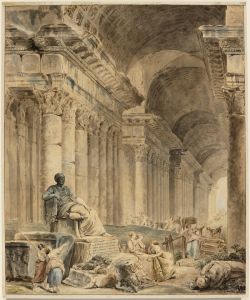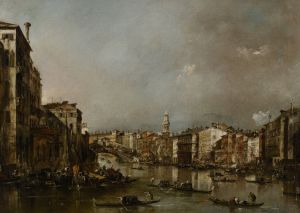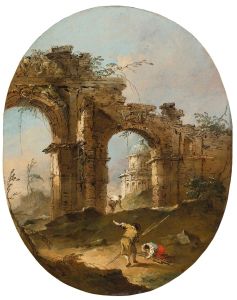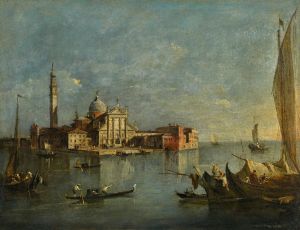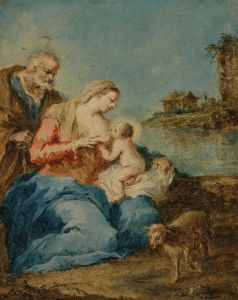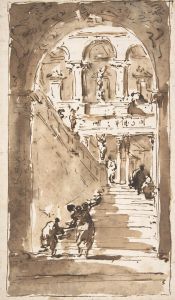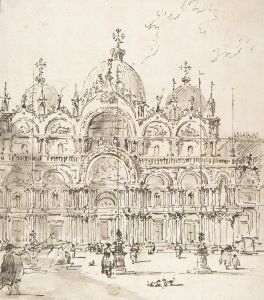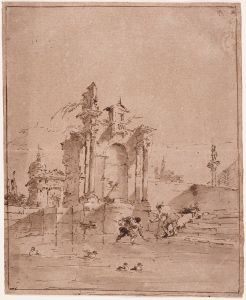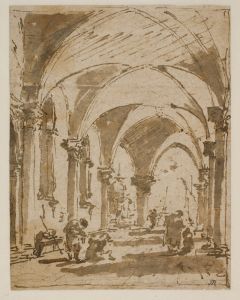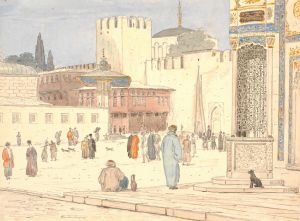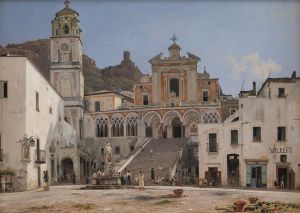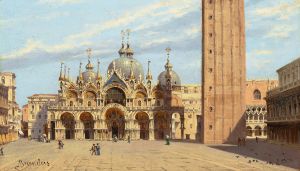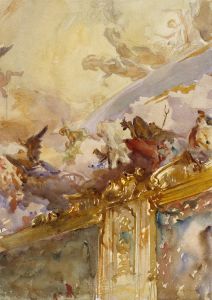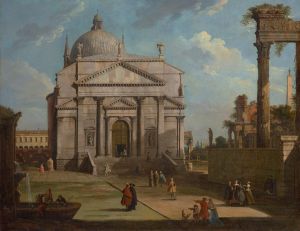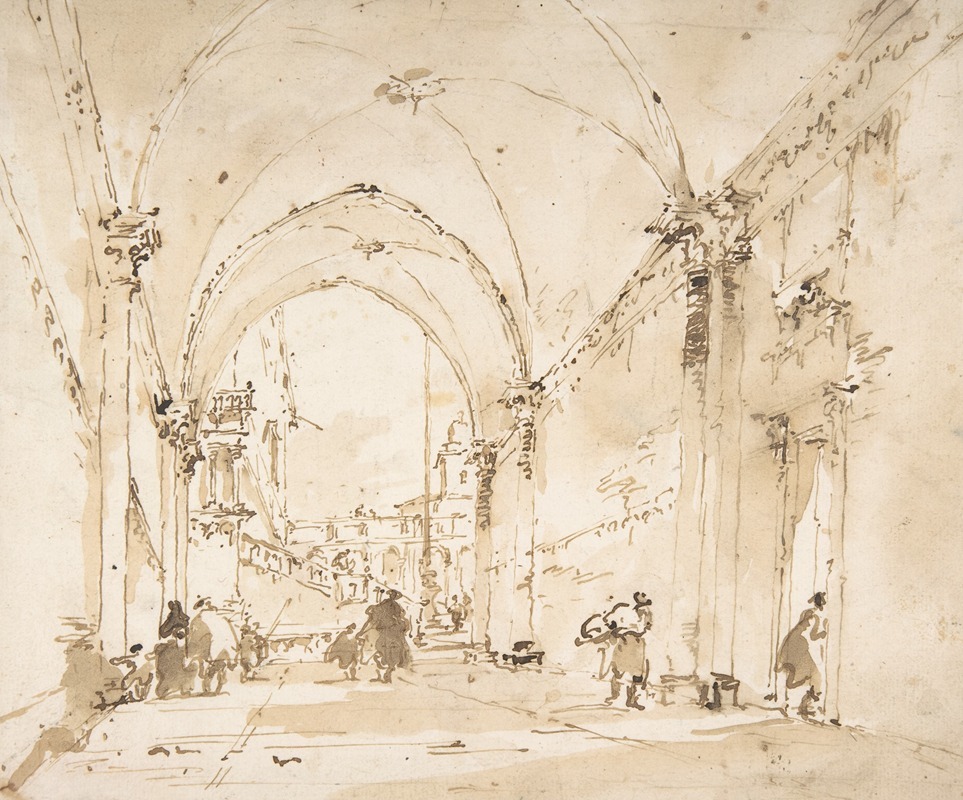
Architectural Capriccio; Vaulted Passageway Leading to a Square
A hand-painted replica of Francesco Guardi’s masterpiece Architectural Capriccio; Vaulted Passageway Leading to a Square, meticulously crafted by professional artists to capture the true essence of the original. Each piece is created with museum-quality canvas and rare mineral pigments, carefully painted by experienced artists with delicate brushstrokes and rich, layered colors to perfectly recreate the texture of the original artwork. Unlike machine-printed reproductions, this hand-painted version brings the painting to life, infused with the artist’s emotions and skill in every stroke. Whether for personal collection or home decoration, it instantly elevates the artistic atmosphere of any space.
"Architectural Capriccio; Vaulted Passageway Leading to a Square" is a painting by the renowned Italian artist Francesco Guardi, who was active during the 18th century. Guardi is best known for his vedute, or detailed paintings of cityscapes, particularly those of Venice. This specific work falls into the category of capriccio, a term used to describe paintings that combine architectural elements in fantastical and imaginative ways, rather than depicting a real location.
Francesco Guardi was born in Venice in 1712 and became one of the leading figures of the Venetian school of painting. He was part of a family of artists, and his work is often associated with the later phase of the Venetian vedutismo, a genre that was also famously practiced by Canaletto. Unlike Canaletto's more precise and topographically accurate works, Guardi's paintings are known for their more atmospheric and romantic qualities.
"Architectural Capriccio; Vaulted Passageway Leading to a Square" exemplifies Guardi's ability to blend real architectural elements with imaginative compositions. The painting features a vaulted passageway that opens up into a square, filled with a variety of architectural structures. The use of light and shadow in the painting creates a dramatic effect, drawing the viewer's eye through the passageway and into the open space beyond. The buildings depicted in the painting are not based on any specific real-world structures but are instead a creative amalgamation of various architectural styles and elements.
The painting is characterized by Guardi's loose, expressive brushwork and his use of a muted color palette, which together create a sense of depth and atmosphere. This technique helps to convey the grandeur and mystery of the imagined scene. The figures in the painting, though small in scale, add a sense of life and activity to the composition, further enhancing the overall effect.
"Architectural Capriccio; Vaulted Passageway Leading to a Square" reflects the 18th-century fascination with ruins and the picturesque, as well as the period's interest in the imaginative possibilities of architecture. Guardi's work in this genre allowed him to explore architectural forms and spatial relationships in a way that was not constrained by the need for topographical accuracy.
The painting is part of a larger body of work by Guardi that includes many similar capricci, each showcasing his skill in creating evocative and imaginative scenes. These works were highly prized by collectors and patrons of the time, who appreciated their blend of fantasy and architectural beauty.
Today, Francesco Guardi's paintings, including "Architectural Capriccio; Vaulted Passageway Leading to a Square," are celebrated for their unique contribution to the vedute genre and their ability to transport viewers to a world of architectural wonder and imagination. Guardi's work remains an important part of the artistic heritage of Venice and continues to be studied and admired by art historians and enthusiasts alike.





